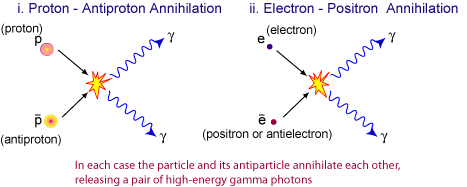And SR is a subset of GR.
I did not say that. In fact I made an effort to say that for something to be real, does not mean we need to be able to touch, see or smell it. So it certainly is not physical.
I stand by my claims.
https://www.quora.com/Is-spacetime-a-real-thing-or-just-a-mere-concept
https://einstein.stanford.edu/content/relativity/q411.html
What is a space time continuum?
In 1906, soon after Albert Einstein announced his special theory of relativity, his former college teacher in mathematics, Hermann Minkowski, developed a new scheme for thinking about space and time that emphasized its geometric qualities. In his famous quotation delivered at a public lecture on relativity, he announced that,
"The views of space and time which I wish to lay before you have sprung from the soil of experimental physics, and therein lies their strength. They are radical. henceforth, space by itself, and time by itself, are doomed to fade away into mere shadows, and only a kind of union of the two will preserve an independent reality."
This new reality was that space and time, as physical constructs, have to be combined into a new mathematical/physical entity called 'space-time', because the equations of relativity show that both the space and time coordinates of any event must get mixed together by the mathematics, in order to accurately describe what we see. Because space consists of 3 dimensions, and time is 1-dimensional, space-time must, therefore, be a 4-dimensional object. It is believed to be a 'continuum' because so far as we know, there are no missing points in space or instants in time, and both can be subdivided without any apparent limit in size or duration. So, physicists now routinely consider our world to be embedded in this 4-dimensional Space-Time continuum, and all events, places, moments in history, actions and so on are described in terms of their location in Space-Time.
Space-time does not evolve, it simply exists. When we examine a particular object from the stand point of its space-time representation, every particle is located along its world-line. This is a spaghetti-like line that stretches from the past to the future showing the spatial location of the particle at every instant in time. This world-line exists as a complete object which may be sliced here and there so that you can see where the particle is located in space at a particular instant. Once you determine the complete world line of a particle from the forces acting upon it, you have 'solved' for its complete history. This world-line does not change with time, but simply exists as a timeless object. Similarly, in general relativity, when you solve equations for the shape of space-time, this shape does not change in time, but exists as a complete timeless object. You can slice it here and there to examine what the geometry of space looks like at a particular instant. Examining consecutive slices in time will let you see whether, for example, the universe is expanding or not.

